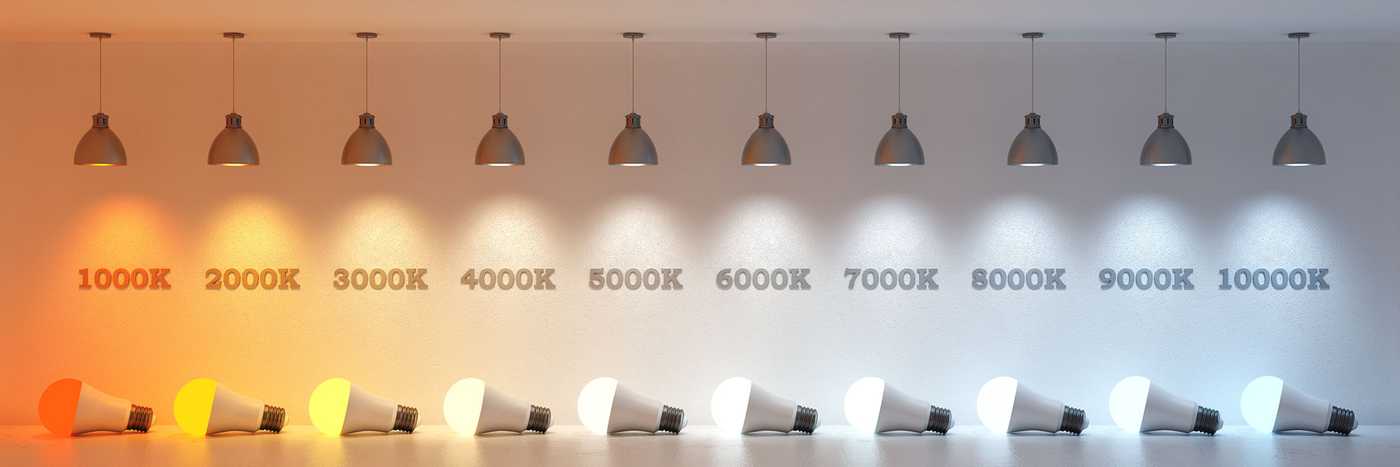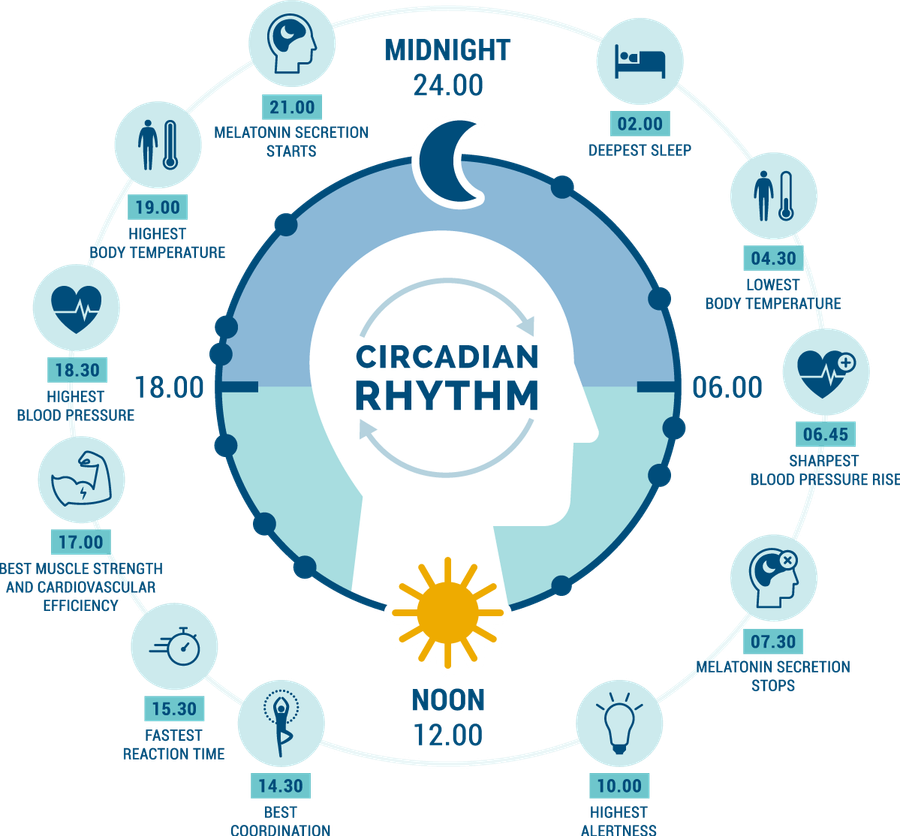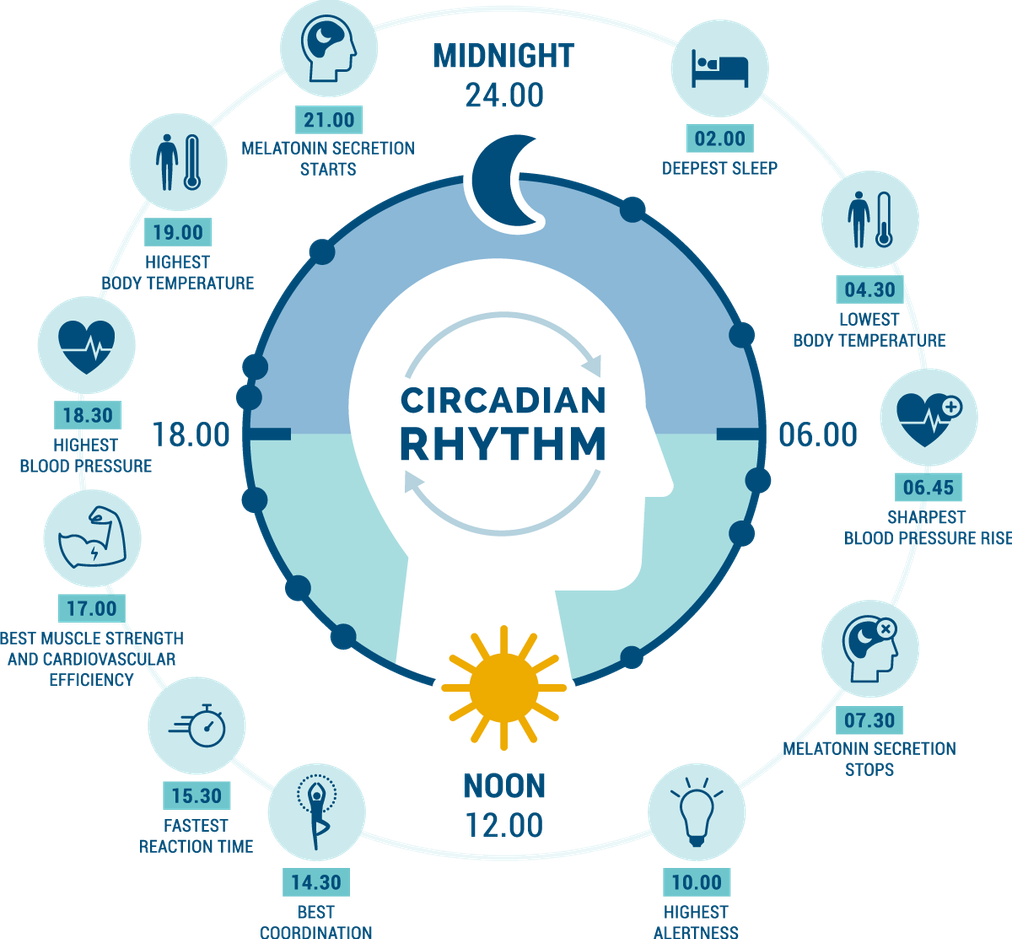Lighting, lighting, lighting
It's not just white light

Good lighting design is an essential element of the interior design of any living space. That applies not just to artificial lighting, but also the control of natural daylight. Smart home control allows integration of lighting systems from the likes of Lutron and Rako with some manufacturers (such as Control4 and Crestron) also offering their own intelligent lighting control products. With the move from binary on/off settings to every lighting circuit being dimmable, the ability to create moods or scenes has been a regular feature of smart home systems for many years.
LED lighting has also advanced significantly in recent years. It’s no longer just a more cost-effective/energy-efficient alternative to traditional lamps—the technology opens up a whole new world of lighting design that simply wasn’t possible a few years ago. The first examples were LED strips that could be hidden away in coffers or embedded in skirting to provide ‘lines of light’; or used as a feature in home cinema and media room designs.
Circadian Lighting
You’ve probably noticed that recent smartphones and laptops now have a feature that changes the colour balance of the screen at different times of day, such as having less blue tone at night to aid sleep. This is part of what is known as circadian lighting. Our body’s circadian system tells us when it is daytime and when it is night time and therefore what we should be doing at various parts of the day. LED lighting with tunable white light (see below) integrated into your control system allows the colour tone of lights to vary throughout the day in order to maintain a healthy circadian rhythm. Who thought your smart home could assist with long-term health and help promote better sleep at night?
Tunable Light
If we are to simulate natural daylight, the traditional fixed ‘colour’ of the lighting in our homes isn’t sufficient. The colour of daylight changes from sunrise to sunset so we need the ability to change the colour ‘temperature’ of indoor lighting. Most LED lamps are offered in a number of different fixed temperatures from cool white (around 6500K) to warm white (typically 2700K) and you would have to choose what temperature you wanted each room’s lighting to be. However, that’s no longer the case, increasingly the latest LED lighting can vary their colour temperature allowing the room to be tuned to the different tasks throughout the day.
Modal AV recently attended the Light + Building show in Frankfurt to discover some of the revolutionary and attractive lighting solutions that are available now or in the very near future. Contact us if you’d like to discuss how we can contribute to healthy living by upgrading your home’s lighting to be in better sync with your circadian rhythm as well as improving the aesthetics of a room’s interior design.





















